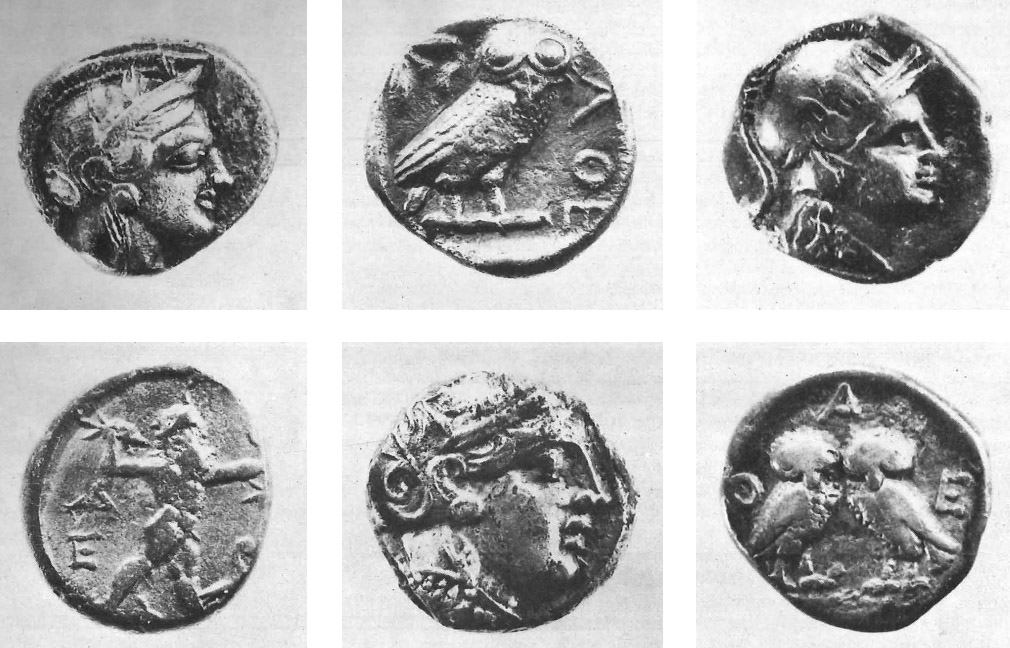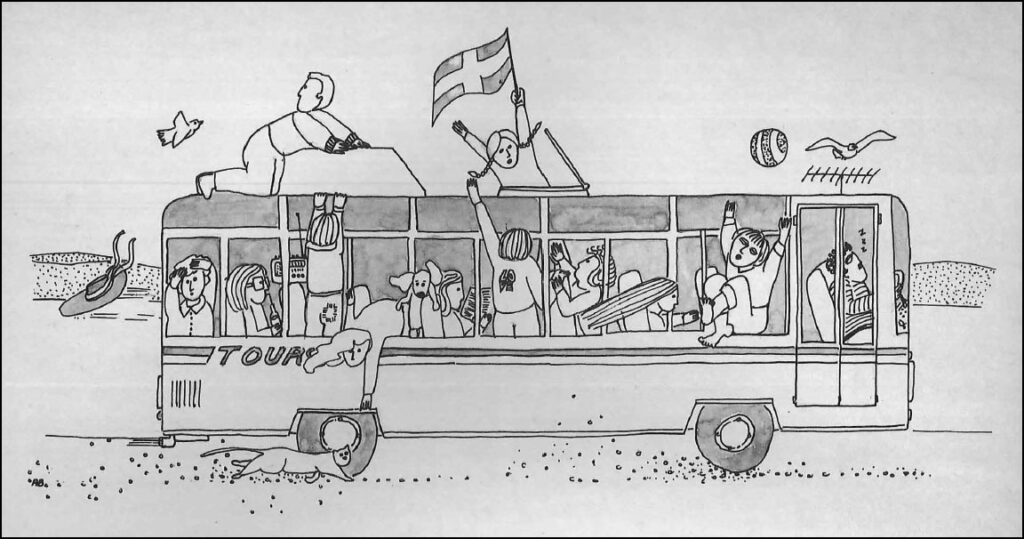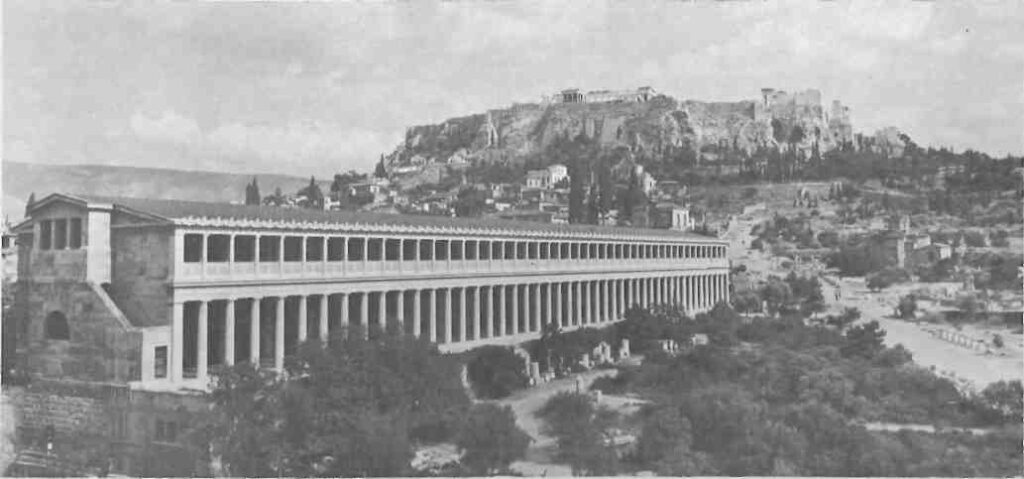The Mint of Ancient Athens
Thousands of coins have survived from antiquity, but little evidence exists about the mints which produced them. Only two mints are known, one at modern Porto Heli in the Argolid, and the other at Olbia in South Russia. Now, half a dozen workmen can be seen every day at the Agora, at the foot of the Acropolis, slowly uncovering what is believed to have been the mint of ancient Athens.










